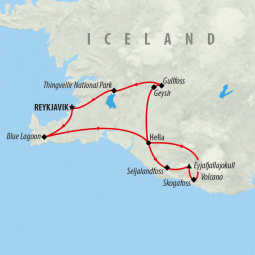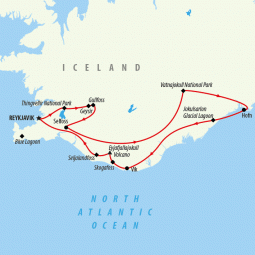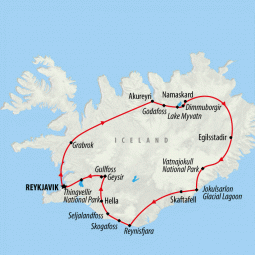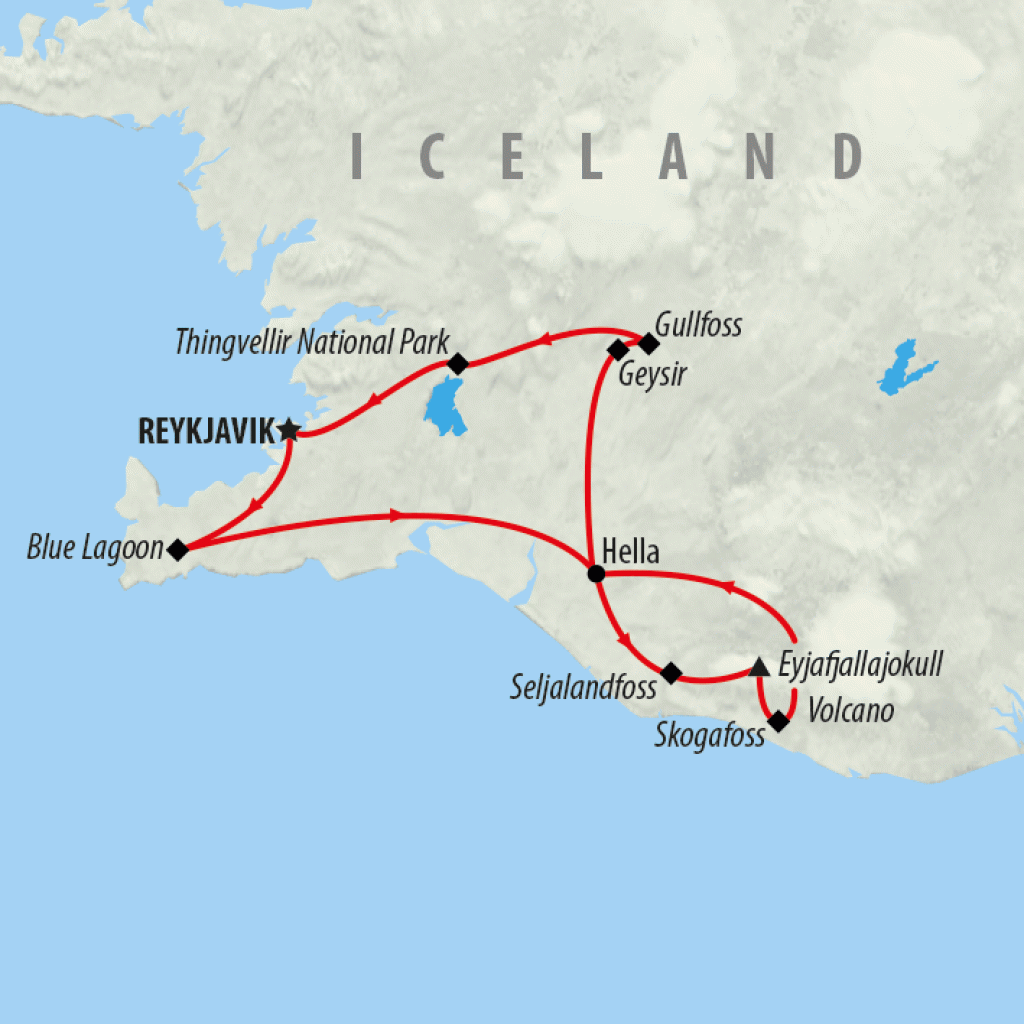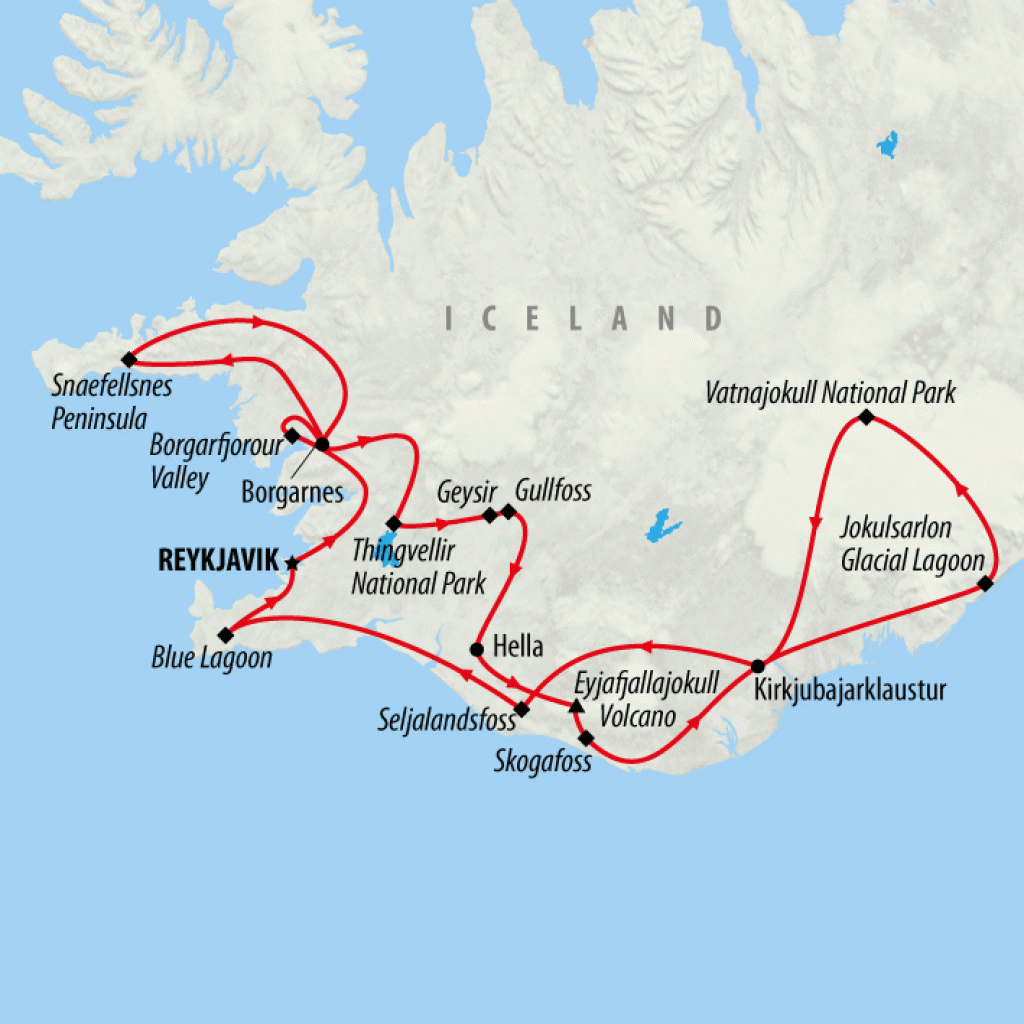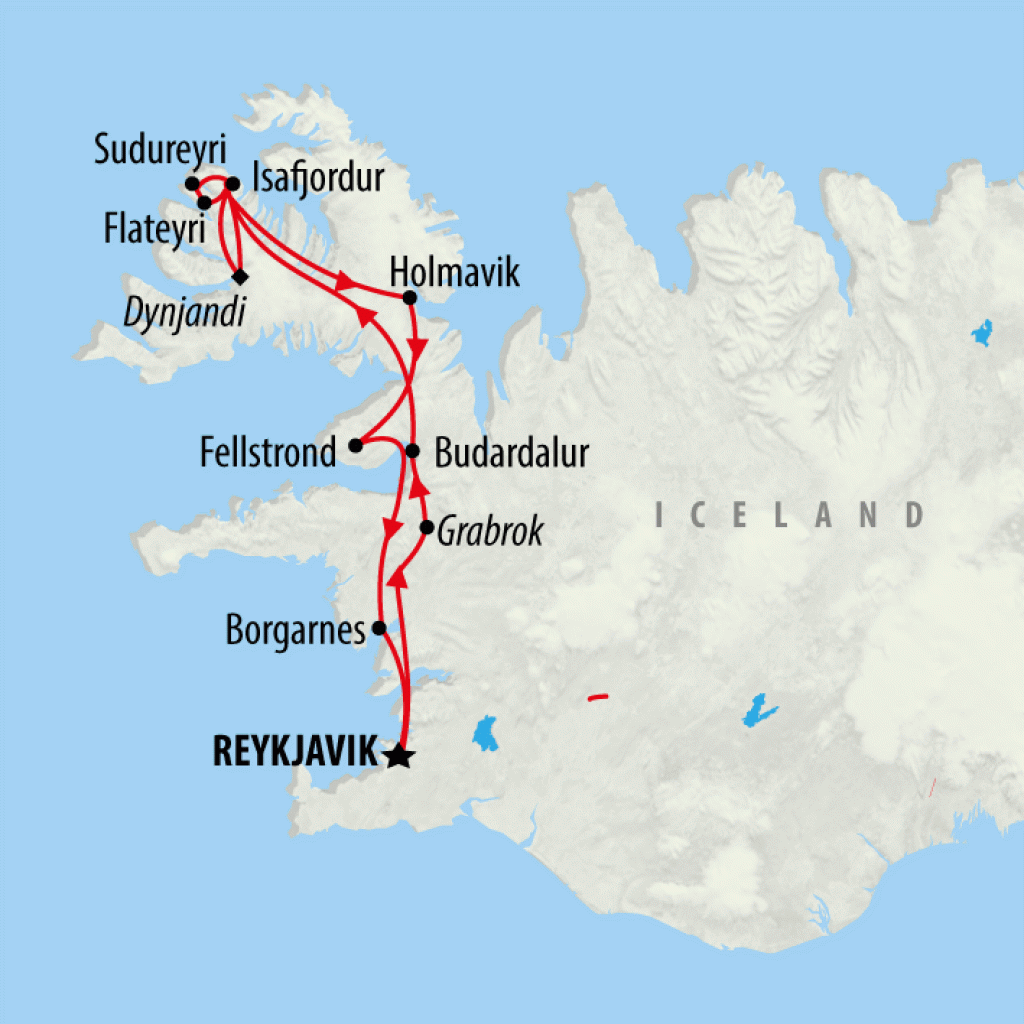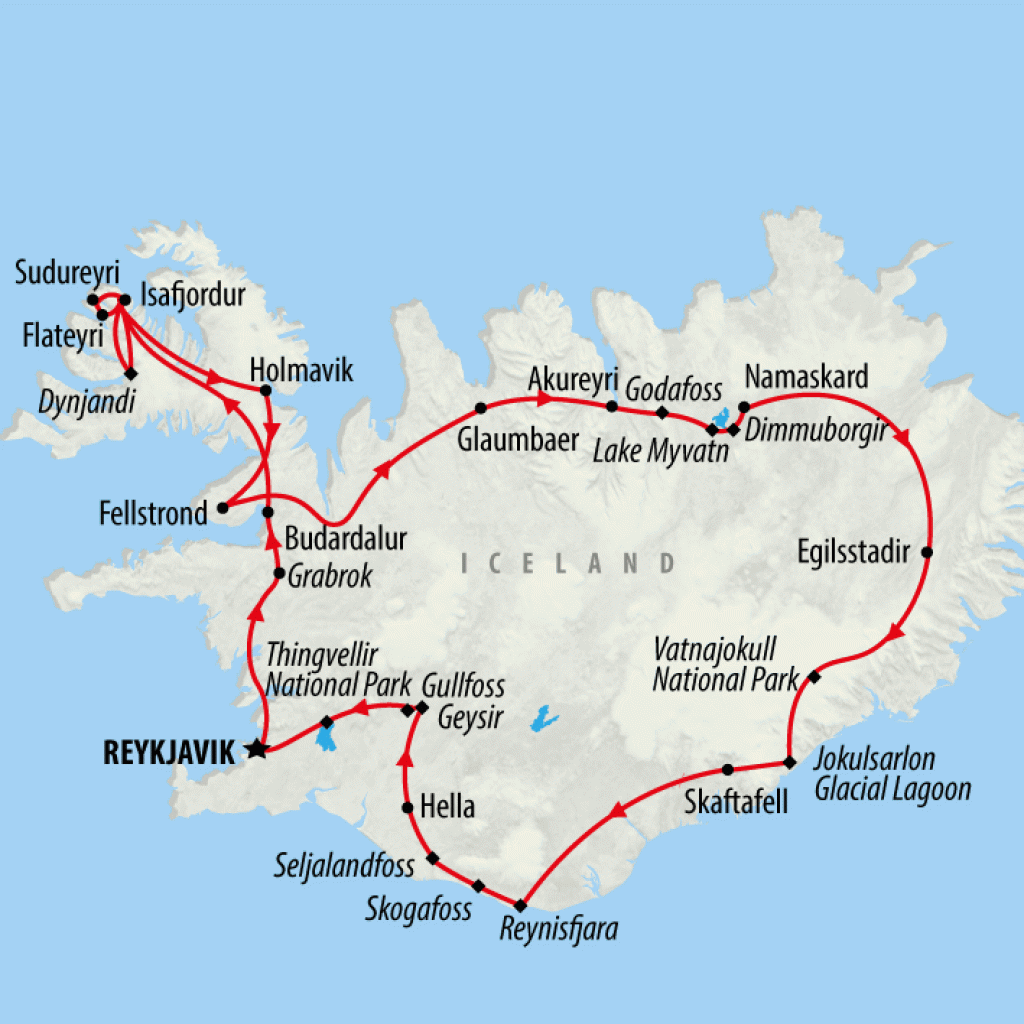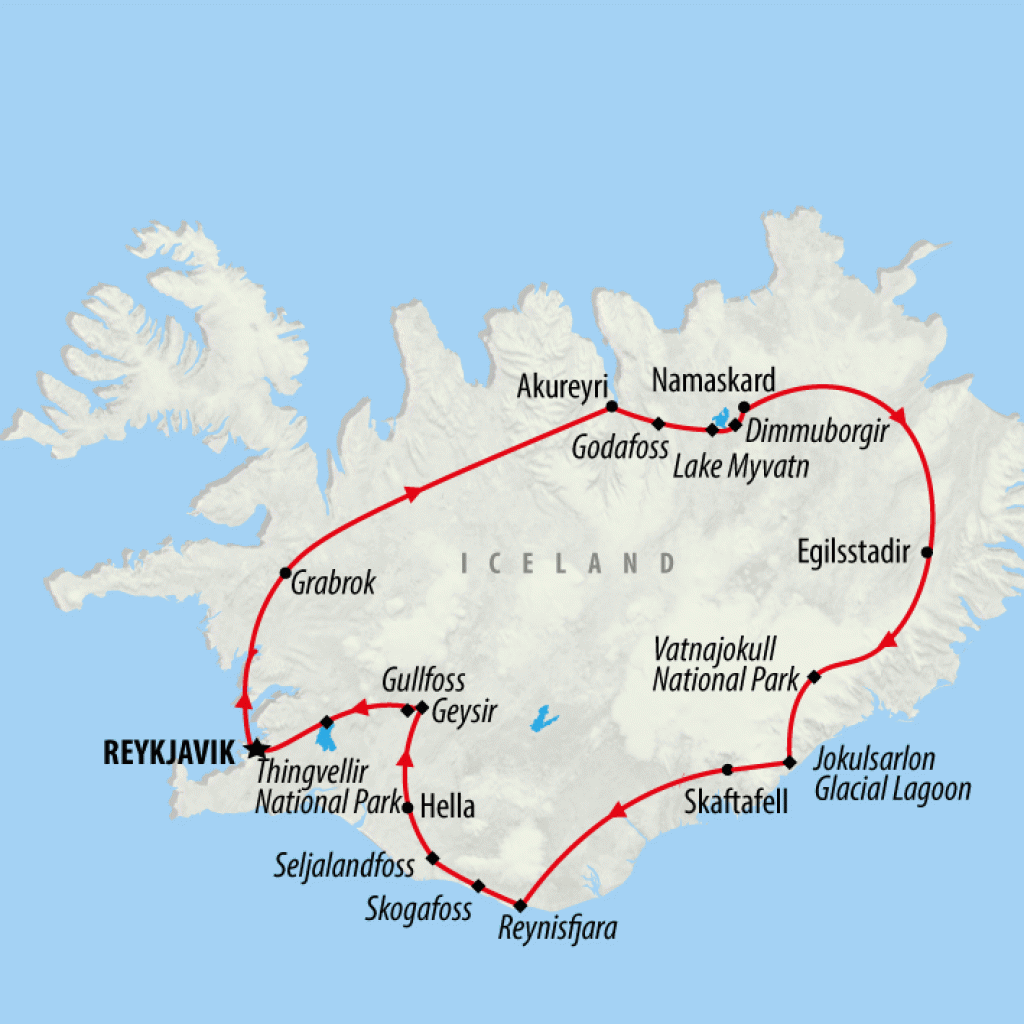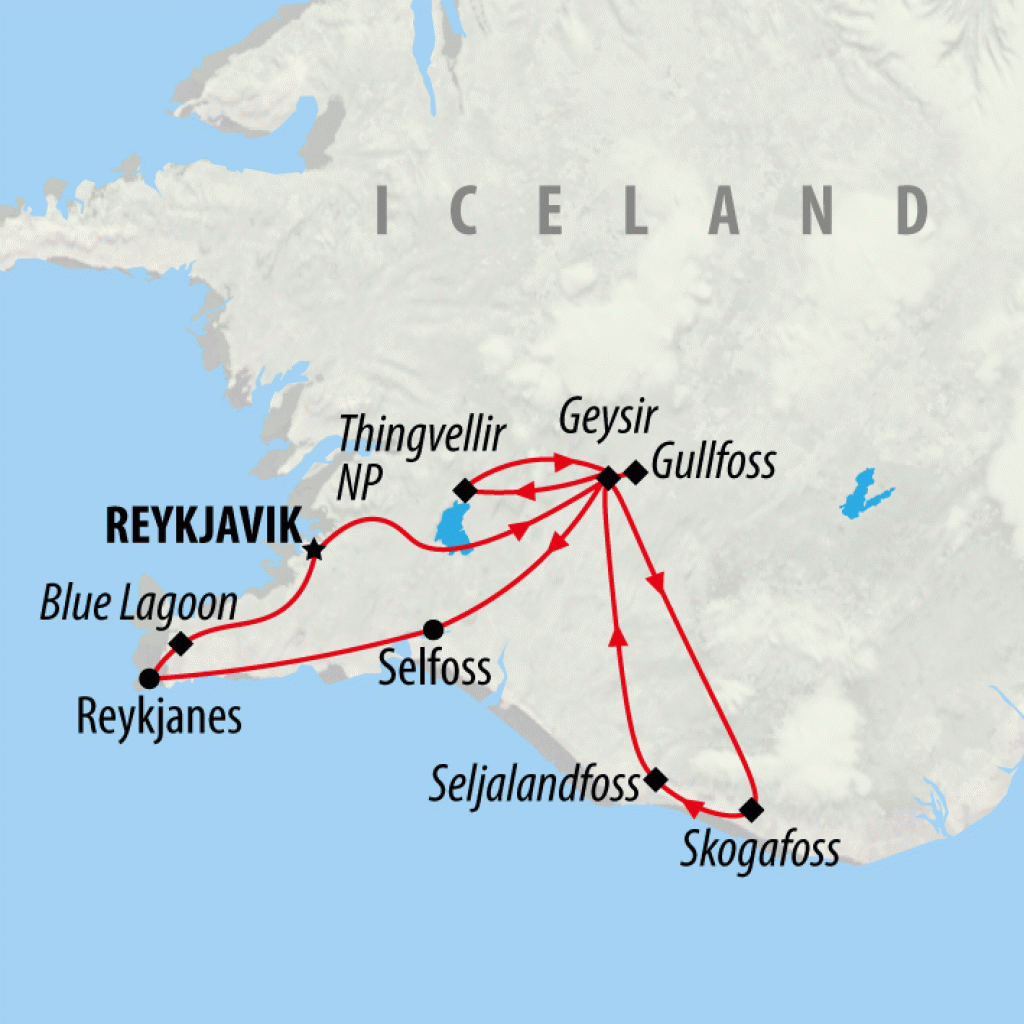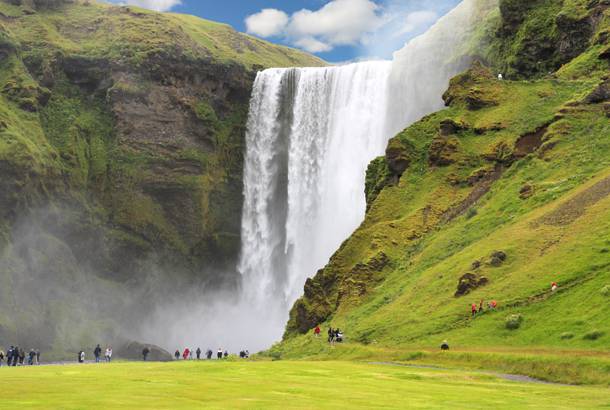
Iceland at a Glance: Best Time to Visit
Recommended time to visit: For the Northern Lights, January - March and November - December are the best months to visit Iceland, whilst May - August is the best time to make the most of the midnight sun and enjoy some hiking.
Less popular time to visit: There's no truly bad time to visit Iceland. But October is the wettest month, and rain means clouds, which can obscure the Northern Lights! July - August is peak season so expect bigger crowds and higher prices, but there's a reason for this - the country looks stunning!
Exciting times to visit: As well as February - March and September - October for the Northern Lights, consider visiting from May - September for prime whale watching.
Seasons and Weather
There is a common saying in Iceland: ‘if you don’t like the weather, just wait five minutes’. It's invariably true as weather conditions can change dramatically within a day. However, Iceland does experience four distinct seasons and each brings with it a reason to visit.
What's spring like in Iceland?
Iceland awakens from its winter slumber in April, which marks the arrival of spring. After the ice and snow thaws in March, temperatures continue to rise steadily so the days grow warmer and better suited for outdoor exploration. Vegetation grows greener and migrating whales and dolphins begin to frequent the waters surrounding Iceland in search of food. This makes April and May good months for whale watching.
The spring equinox is rumoured to bring increased solar activity so it's still possible to catch a glimpse of the famed Northern Lights until early April though the increasing hours of daylight does mean that you'll be out late during your search.
What's summer like in Iceland?
The summer months of June through to August are considered the best time to visit Iceland with mild temperatures and long days of sunlight. This culminates in the summer solstice and the phenomenon known as the 'midnight sun'. Towards the end of June, the sun barely dips behind the horizon, bathing Iceland in an eerie twilight that the locals take full advantage of with festivals and parties. You may want to bring an eye mask as nights without darkness do take some getting used to.
Summer is ideal for self-drive holidays and any trips that involve plenty of sightseeing and outdoor pursuits. This makes it the most popular time of year to visit, which means higher prices and larger crowds at the best-known attractions, especially those in the Golden Circle.
What's autumn like in Iceland?
Autumn (September – early November) is a fairly brief season in Iceland but also one of the most picturesque as the national parks turn brilliant shades of red, orange and yellow and vivid green moss covers ancient lava formations. Temperatures do become cooler and the sun starts setting once again though there's still plenty of daylight to enable the same range of activities you'd enjoy during the summer months.
What's different to the summer months is the lack of crowds and the lower prices for hotel rooms and flights. Plus, these months herald the beginning of the Northern Lights season and with warmer temperatures than winter, the lakes and rivers remain ice-free and reflect the spectacular display of colour on the water's surface. This makes it another great time of year to visit, especially for anyone with an interest in photography.
What's winter like in Iceland?
The colder winter months of November through to February brings snow to the northern regions of Iceland but the country receives far less snowfall than many people presume. The countryside is often basked in a blanket of crisp white snow, making it the best time to visit if you want to enjoy any snow-based activities such as snowmobiling and dog sledding.
It's a magical time to visit Iceland with longer nights that mean more opportunities to spot the Aurora Borealis. However, the snow can mean that some roads are impassable so if travelling at this time be prepared for potential changes of itinerary and delays but don't forget to enjoy it – the scenery is amazing and it’s just all part of being in Iceland. If snow is what you're visiting for then you can plan your visit using the handy Snow Forecast Map.
Climate in Reykjavik
| Jan | Feb | Mar | Apr | May | Jun | Jul | Aug | Sep | Oct | Nov | Dec | |
|---|---|---|---|---|---|---|---|---|---|---|---|---|
| Temp Min °C | -2 | -2 | -1 | 1 | 4 | 7 | 9 | 8 | 6 | 3 | 0 | -2 |
| Temp Max °C | 2 | 3 | 4 | 6 | 10 | 12 | 14 | 14 | 11 | 7 | 4 | 2 |
| Rainfall (mm) | 42 | 37 | 32 | 19 | 32 | 16 | 19 | 22 | 31 | 17 | 23 | 31 |
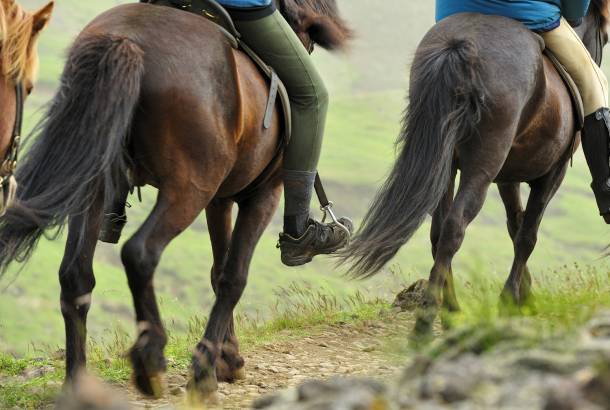
Recommended tours
See Also
Check out the following handy information to help plan your visit to Iceland:
Best Places to Visit - know where to go in Iceland
Tourist Visas - a guide to visa regulations for Iceland
Top Travel Tips - what to expect of the food and info on money and time
Blue Lagoon Vs Sky Lagoon - compare the two
Iceland Packing List - what to take with you on tour
Traveller Reviews - see why our passengers love our Iceland tours
Spotting the Northern Lights - everything you need to know about the Aurora Borealis and how best to see them when in Iceland
The Golden Circle - our guide to Iceland's most famous tour route
Whale Watching - discover when and where it's best to go whale watching in Iceland
Iceland Video Lounge - the Land of Fire and Ice captured from behind the lens
